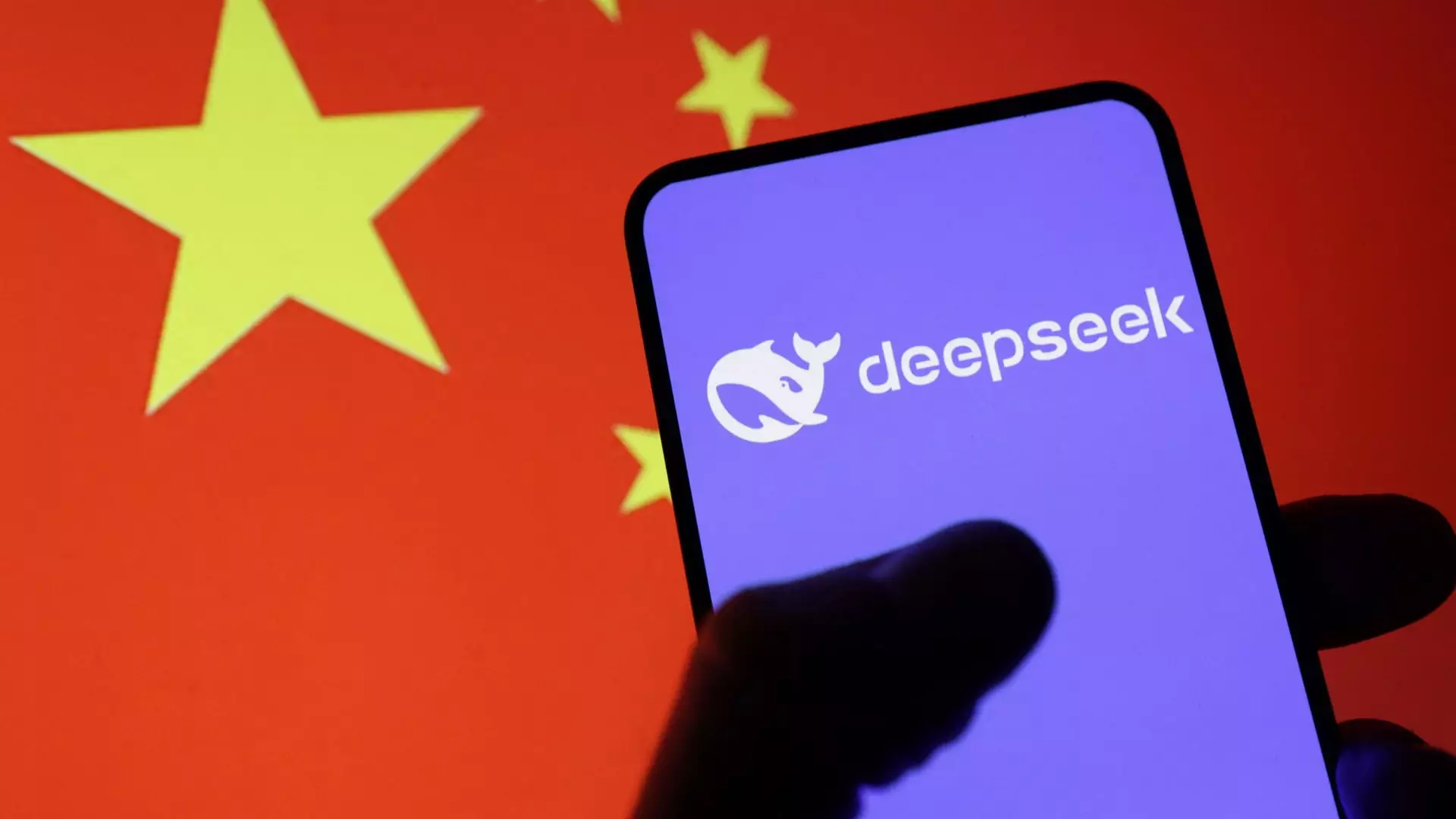In recent months, Chinese technology firms are crafting a narrative of resilience and strategic self-reliance that could significantly reshape global power dynamics. While Western nations often cast China as a laggard in innovation, the latest developments reveal a different story—one where Beijing’s determination to develop indigenous technology is paying off, challenging the long-held dominance of Western tech giants. This resurgence is not accidental; it signifies a calculated move by China to carve out a more autonomous technological landscape, even amid mounting geopolitical tensions and trade restrictions.
This recalibration toward local innovation is more than just economic ambition; it signals a strategic shift. Chinese firms like Alibaba, Baidu, and Huawei aren’t just surviving the U.S. crackdown—they’re thriving behind a veneer of Western restrictions. The recent stock surges in Alibaba and Baidu reflect investor confidence, driven by breakthroughs in AI and increased government backing. Huawei, for its part, touts advanced chip systems that allegedly outcompete Nvidia, asserting that China is closing in on the hardware front. Such advancements hint at an underpinning belief: reliance on imported chips and foreign technology is no longer a necessity but a strategic liability.
Trade Tensions as a Catalyst for Self-Sufficiency
The U.S.-China trade war has inadvertently accelerated China’s quest for technological independence. Beijing recognizes that continued dependence on foreign chipmakers, particularly American giants like Nvidia, hampers its ambitions for a truly sovereign tech ecosystem. To counteract these external pressures, Chinese regulators are now discouraging domestic companies from purchasing foreign chips, signaling a deliberate push toward local alternatives. This move isn’t just about economic nationalism; it’s a calculated effort to establish a secure supply chain that’s resilient against future sanctions or trade barriers.
Despite these restrictions, major Chinese players appear to be adapting swiftly. According to industry insiders, Chinese companies maintain access to Nvidia’s hardware for now, but the momentum is toward developing and adopting domestically produced chips that are “good enough” for current AI and computing needs. Analysts suggest that China’s chip ecosystem is rapidly maturing—though with inherent risks for less capitalized entrants—indicating a strategic prioritization that could eventually diminish Western technological influence in the region.
Strategic Independence and Global Implications
The push for technological self-sufficiency is deeply embedded in China’s broader strategic ambitions. Chinese authorities are fostering a policy environment that encourages the localization of critical components—sensors, motors, batteries—aimed at reducing reliance on Western suppliers. Morgan Stanley analysts emphasize that this push is creating a new geopolitical reality: Chinese firms are poised to dominate segments of the global supply chain, particularly in AI, semiconductors, and automation.
This shift has potential ripple effects. For instance, companies like Naura Technology and Inovance are pioneering in semiconductor equipment and automation solutions, respectively, positioning themselves as key players in the global market, albeit from a less prominent position today. Meanwhile, domestic champions like Xpeng are capitalizing on AI advancements for electric vehicles, signaling that China’s strategy involves integrating cutting-edge AI into conventional industries. The country’s emphasis on “AI+” — combining AI with various sectors — demonstrates an understanding that technological dominance isn’t just about hardware but about embedding AI deeply into the fabric of economic growth.
Furthermore, China’s political leadership is signaling a clear intent: to position itself as a global leader in AI and tech innovation within the next five years. The recent release of detailed planning documents and high-level meetings underscores a national strategy that aims to challenge Western hegemony by demonstrating that technological superiority can be achieved through deliberate, focused investment in local talent and infrastructure.
The New Power Dynamics: A Shift Towards Multipolar Tech Leadership
This evolving landscape exposes a potential multipolar shift in global technology leadership—something many in the West have long feared. Previously, Western firms and governments operated under the assumption that innovation and hardware dominance were synonymous. Today, China’s strategic investments, coupled with the aggressive development of homegrown tech, threaten to rewrite that assumption.
While Western countries might retain some short-term advantages, the resilience demonstrated by Chinese firms and government policies suggests that the global tech arena is becoming more multipolar. China’s capacity to develop “good enough” hardware locally, combined with its vast consumer base and government support, allows it to challenge the idea that Western companies will always lead in innovation and infrastructure.
This divergence of paths indicates a future where China is not merely a user or importer of foreign technology but a© significant creator and innovator in its own right. The implications are profound: Western dominance in AI, semiconductors, and digital infrastructure might be waning, replaced by a rivalry that encourages innovation from multiple centers of power. The question remains whether the West can adapt quickly enough or if it will inadvertently accelerate China’s rise by imposing restrictions that only bolster Beijing’s resolve to achieve technological independence.

